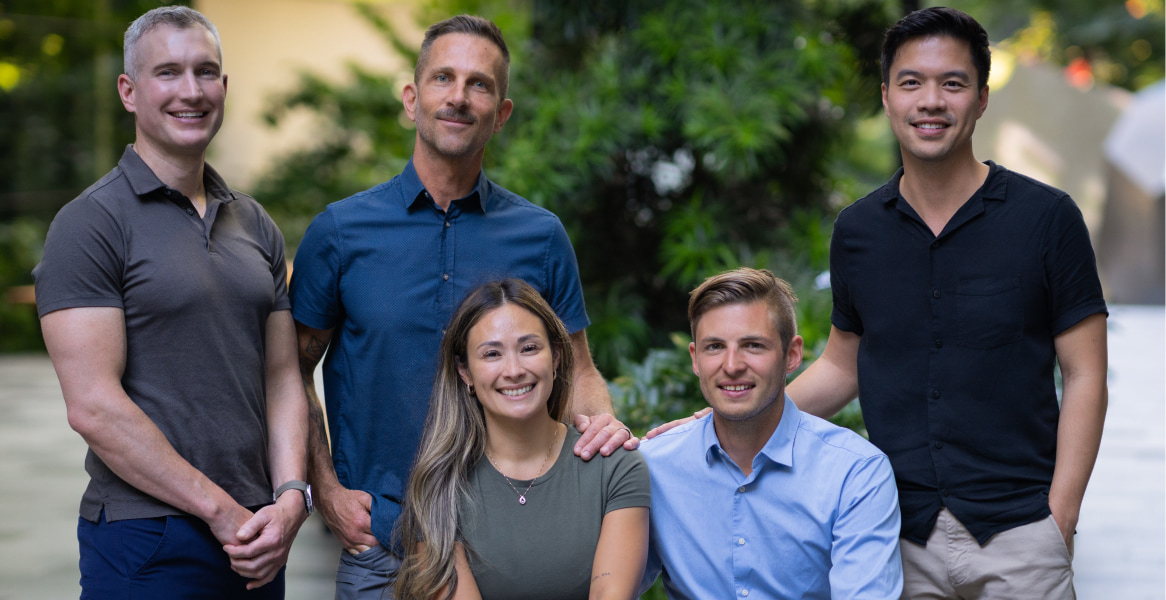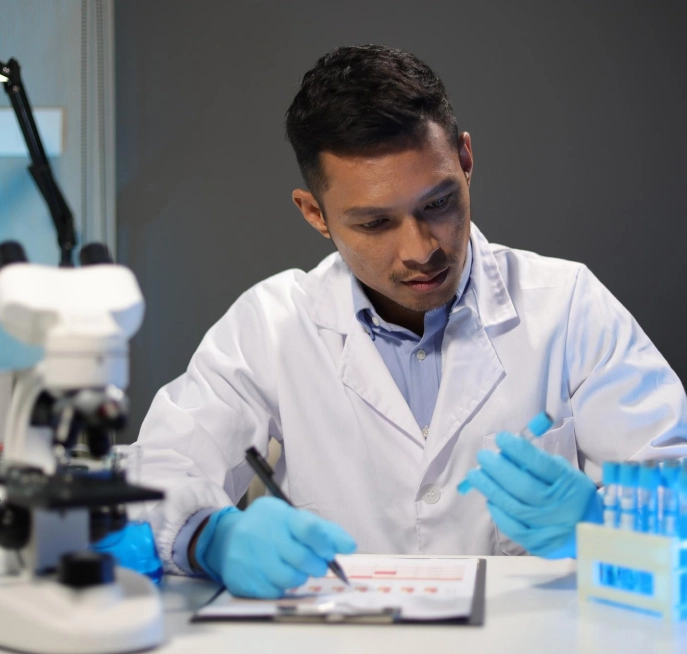A2M Treatment in Seattle, Wa
What is an Alpha 2 Macroglobulin (A2M) Injection?
The Next Generation of Regenerative Medicine Is at Pinnacle Integrative Health
With approximately 30+ million of the Americans suffering from arthritic and degenerative conditions, scientists have found a new biological treatment in the field of regenerative medicine known as Alpha 2 Macroglobulin. While A2M is naturally occurring, it is unable to enter the joints in adults in large enough quantities due to its large size and the avascular structure or these tissues. A2M is a plasma protein and is found in significant quantities in the blood. A2M when concentrated and injected into an arthritic joint is able to inactivate a variety of cytokines and proteinases that are known to cause the degradation of cartilage and pain.
Osteoarthritis (OA) is due to the diseased joint overproducing proteases and cytokines that are trapped in the joint due to their large size and avascular nature. Because they are trapped in the joint, they lead to chronic pain and slowly erode cartilage. By inhibiting these chemicals (cytokines and proteases), A2M can stop the progression of OA by preventing the cartilage from breaking down. This combination may lead to a reversal of joint degeneration and pain that was not available before. Scientific evidence points to A2M as the key to stopping osteoarthritis and pain at the molecular level.

How Does A2M Therapy Work?
At your appointment, your blood will be drawn and spun in a centrifuge to separate and concentrate the A2M. The A2M will then be re-injected into your joint.
The procedure is minimally-invasive, and not painful. Most patients’ symptoms and mobility improve on the very same day.
Treatments may relieve pain, promote tissue growth, and stop the progression of joint degeneration. It may even prevent or limit the onset of post traumatic osteoarthritis.
Who Is A Good Candidate Fpr A2M Injections?
Osteoarthritis (Knee arthritis, Hip arthritis)
Joint injuries (Shoulder, Knee, Elbow, Rotator cuff)
Labral Tear
Torn meniscus
Spinal injuries (Neck, Back)
Lumbar and sacral osteoarthritis
Sciatica (Lumbar radiculopathy)
Herniated disc (Slipped disc, Disc displacement)
Degenerative disc disease
Neuropathy

Get the Personalized Support you’ve been Looking for
You Don’t have to push through Symptoms. You can Understand them and Resolve them.
